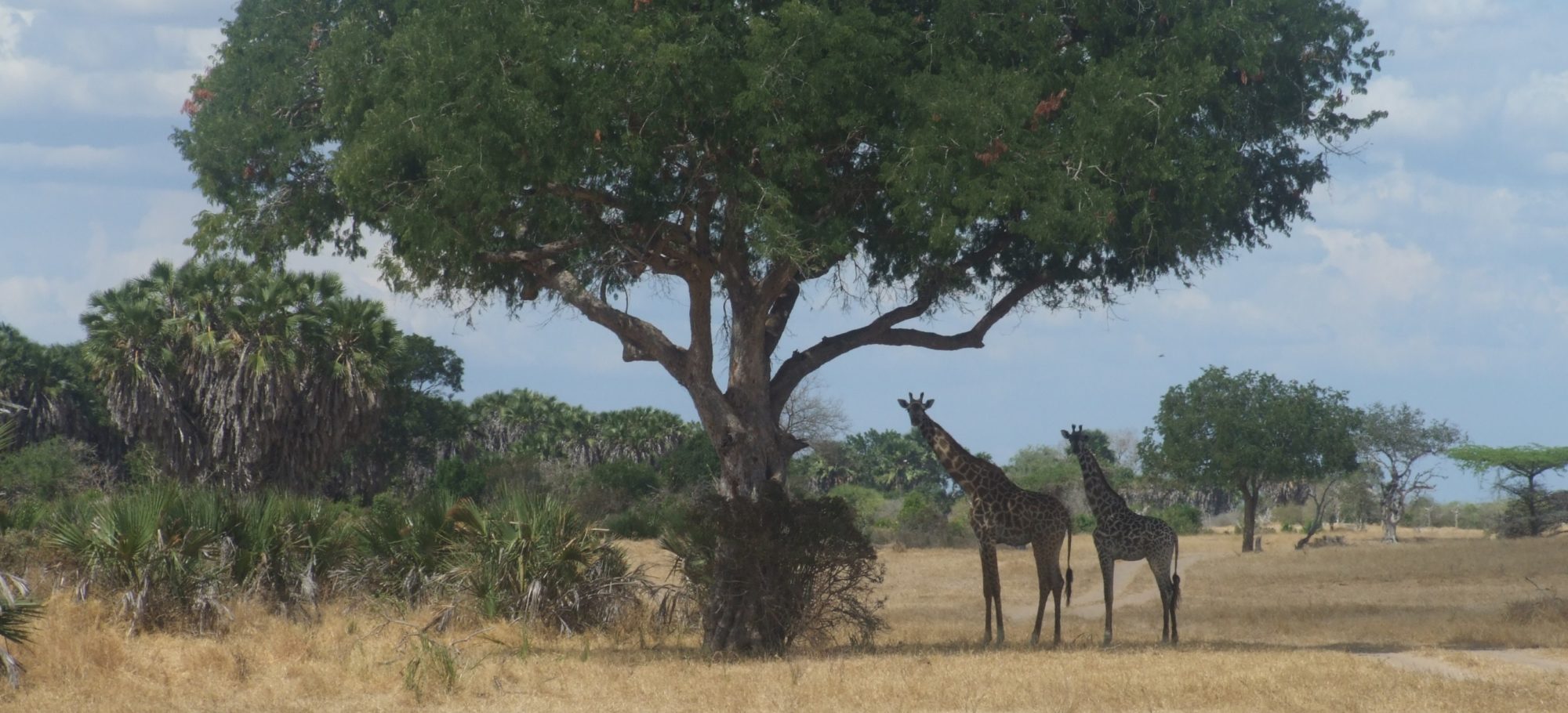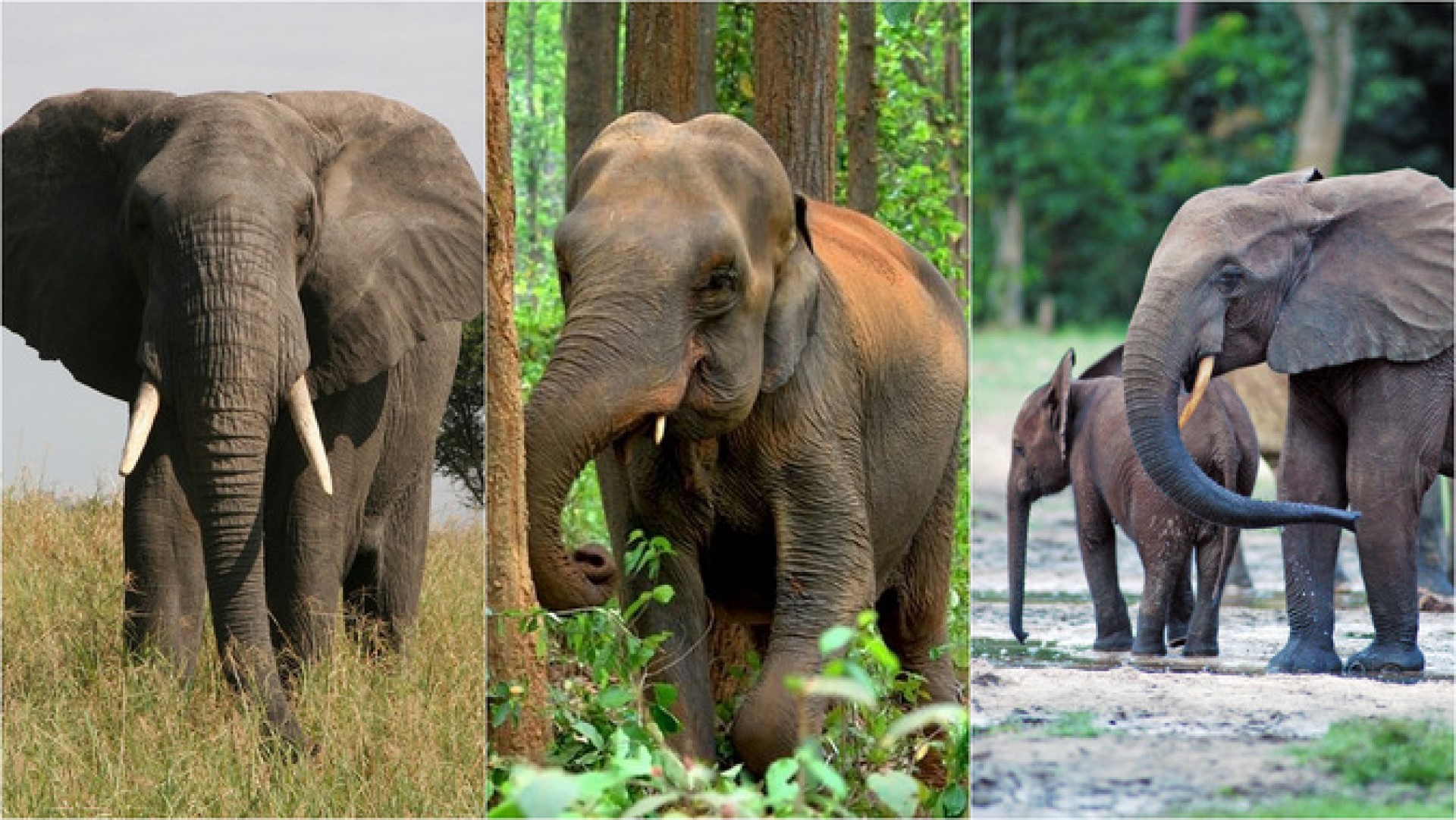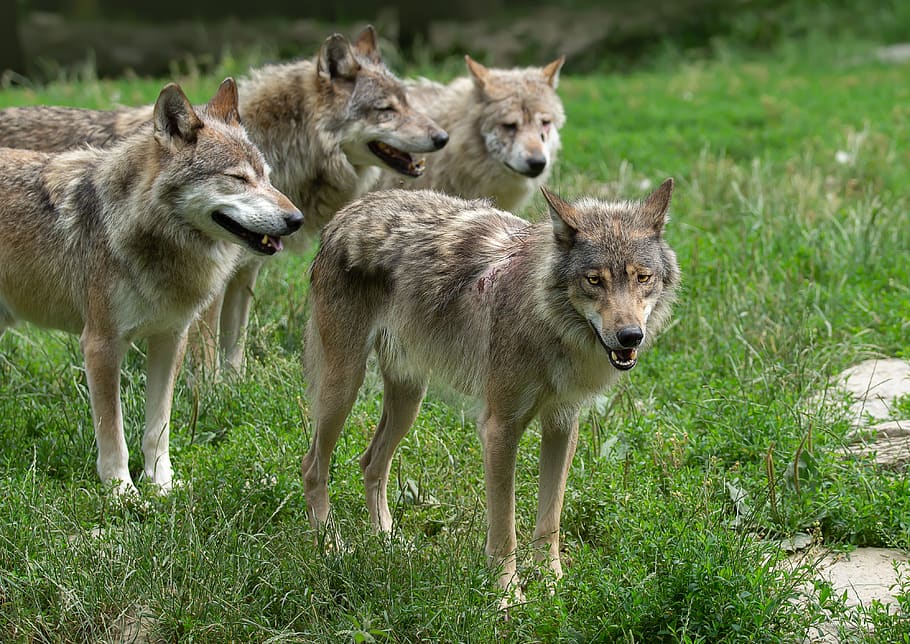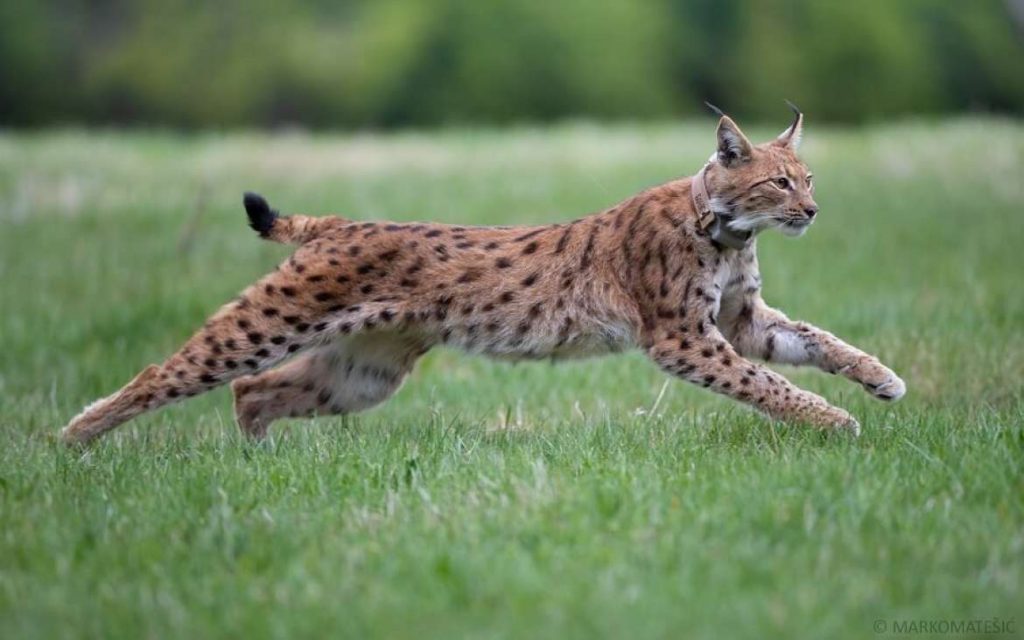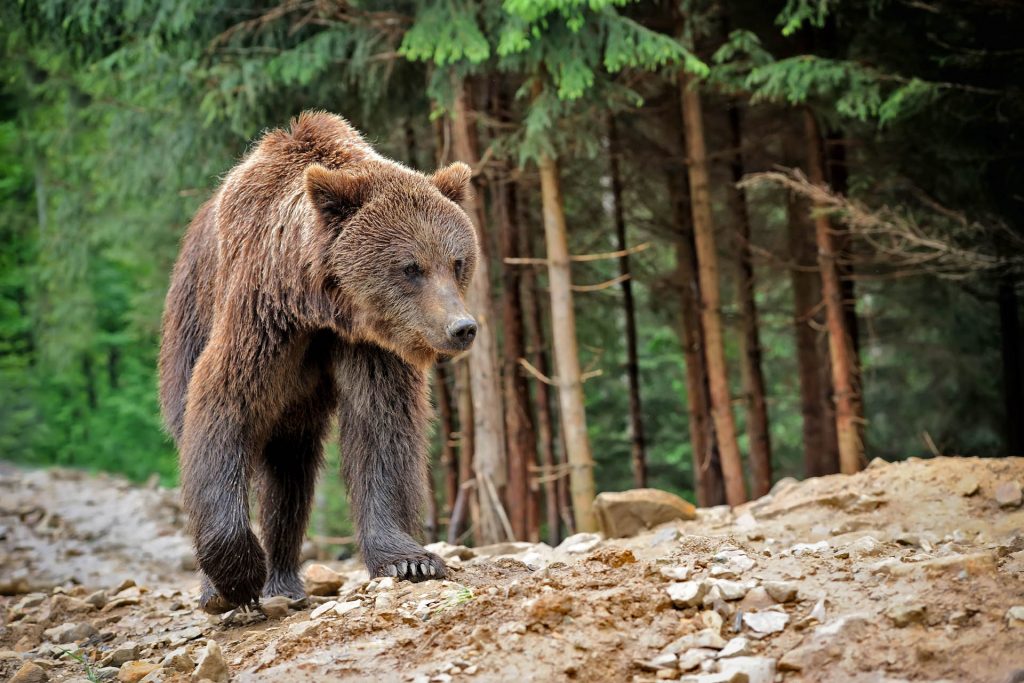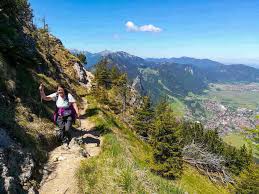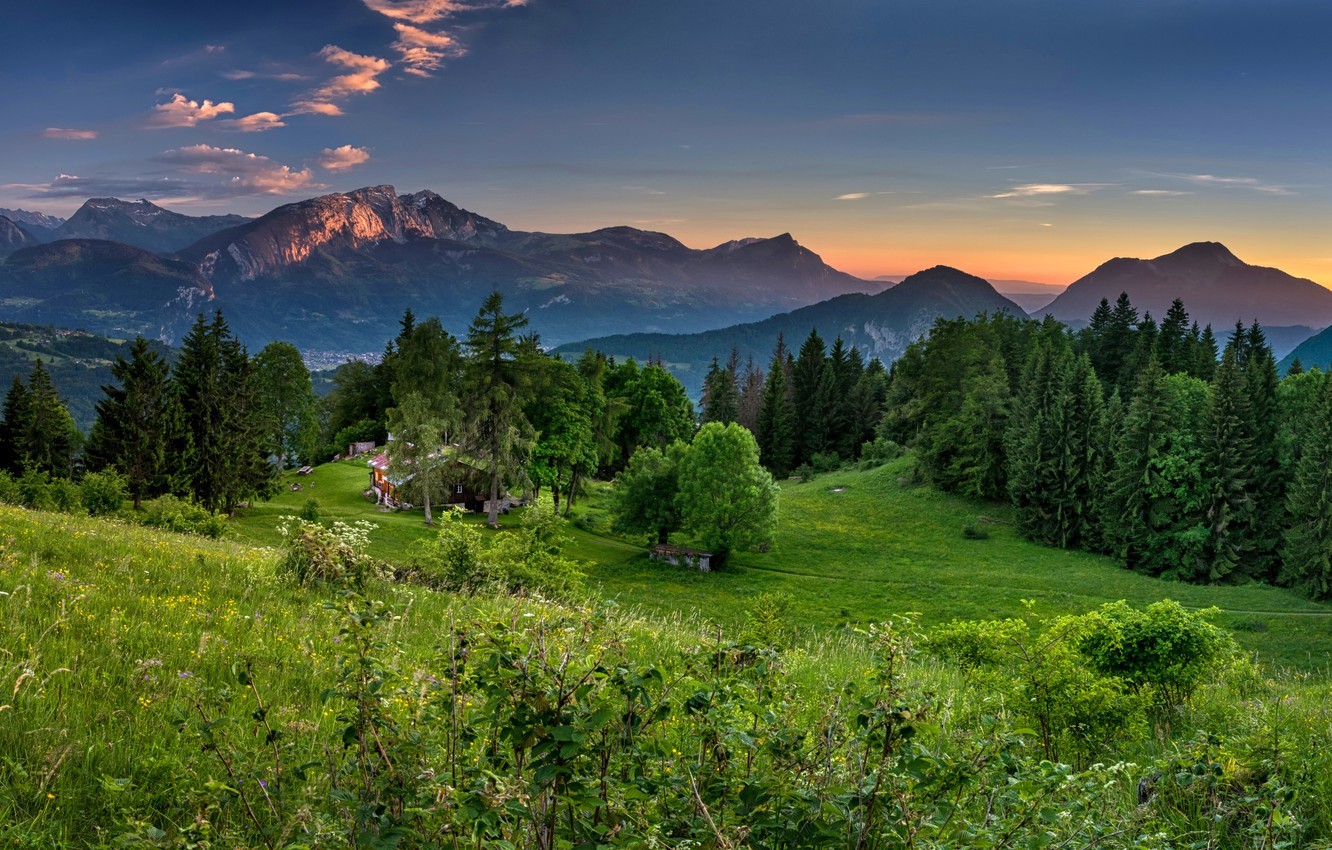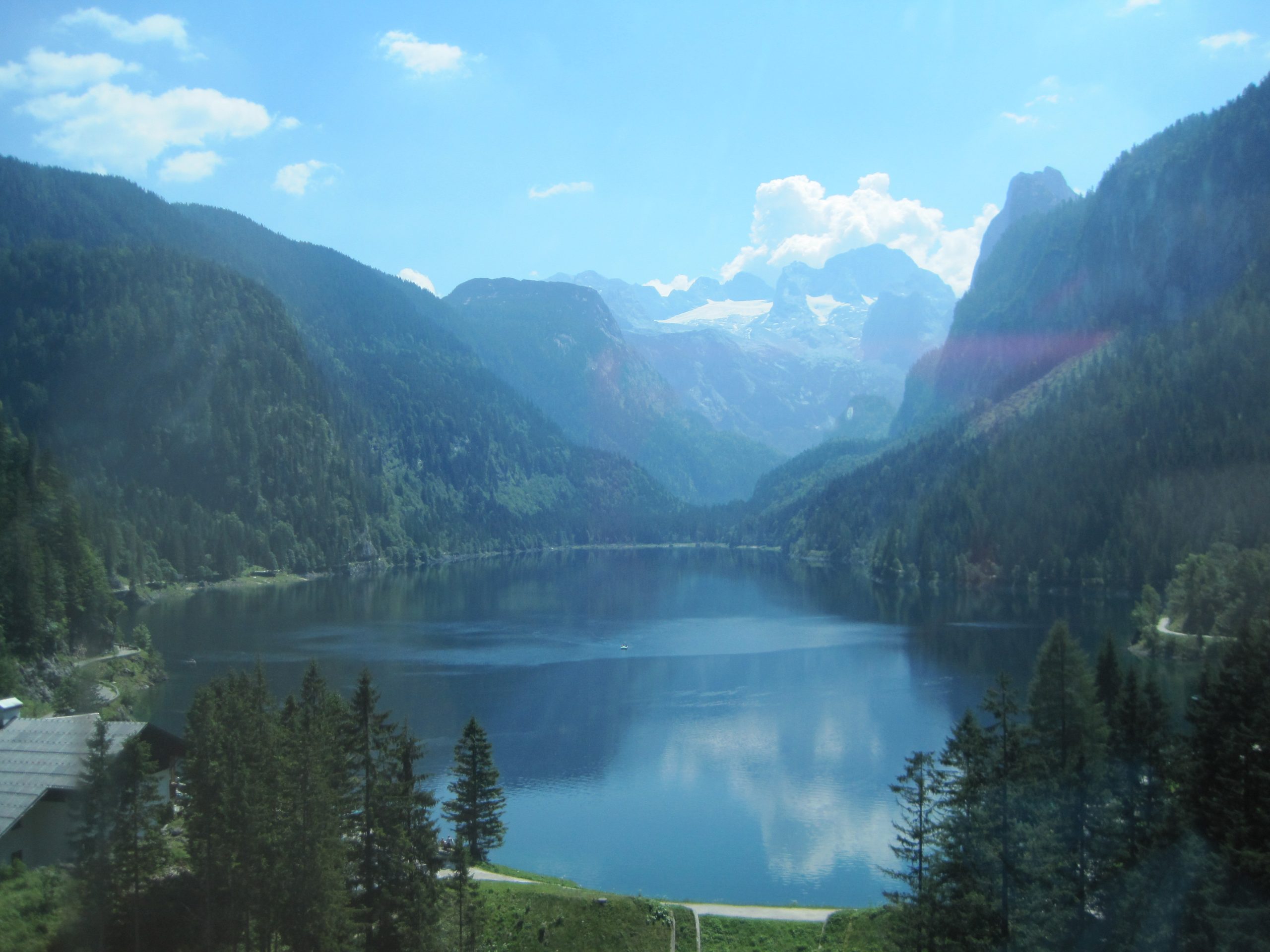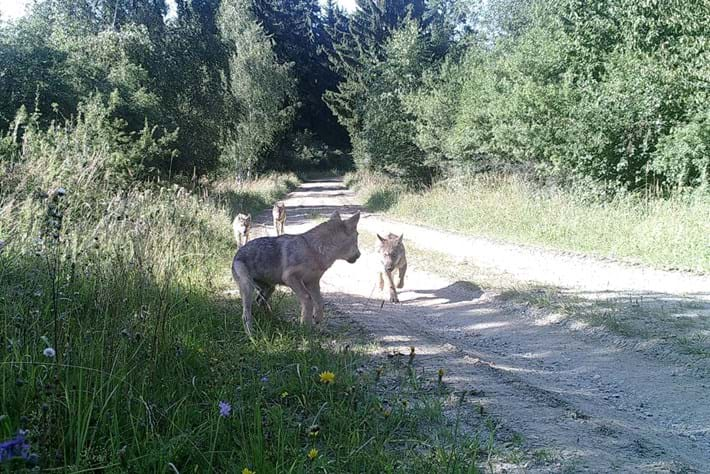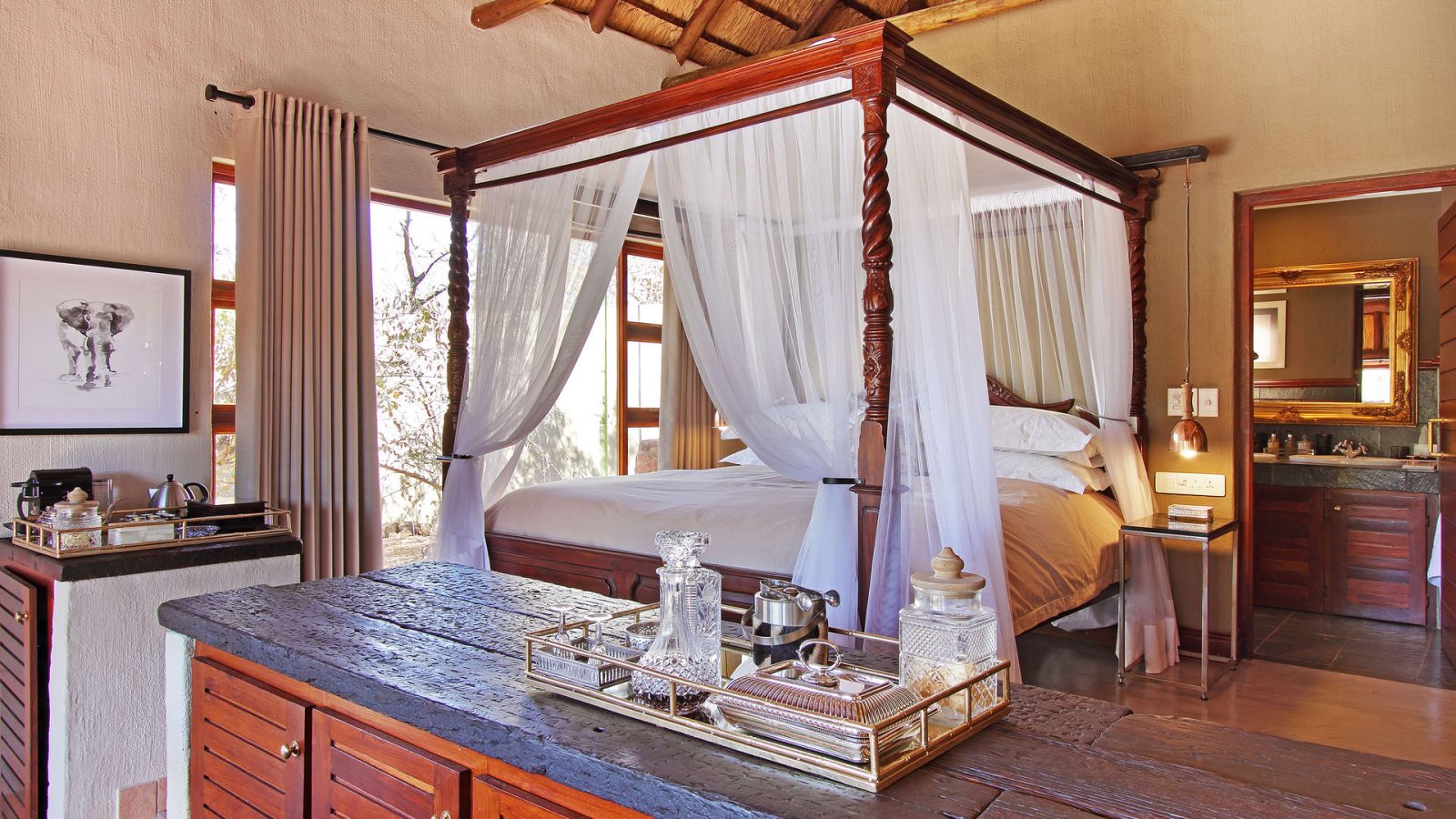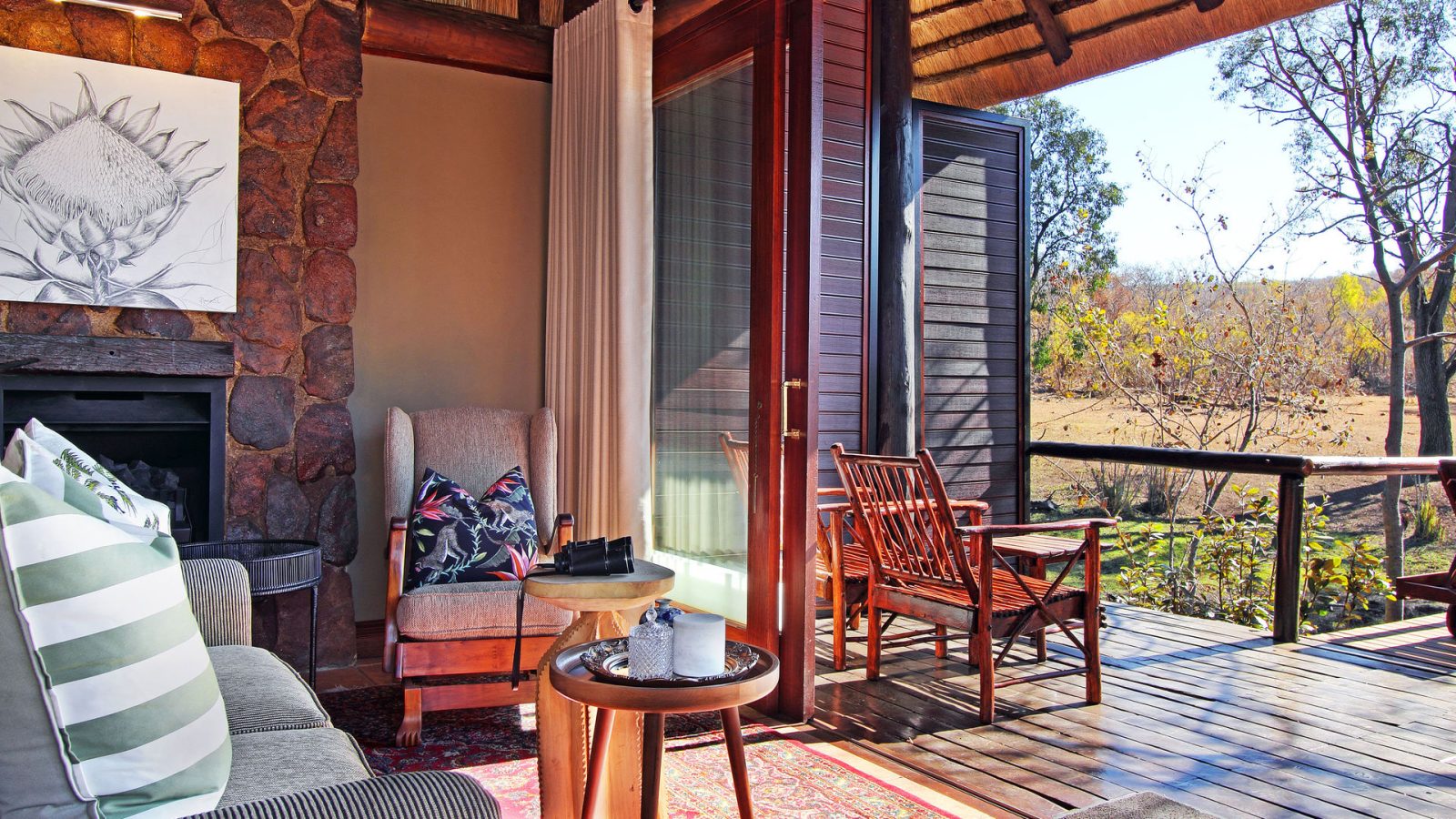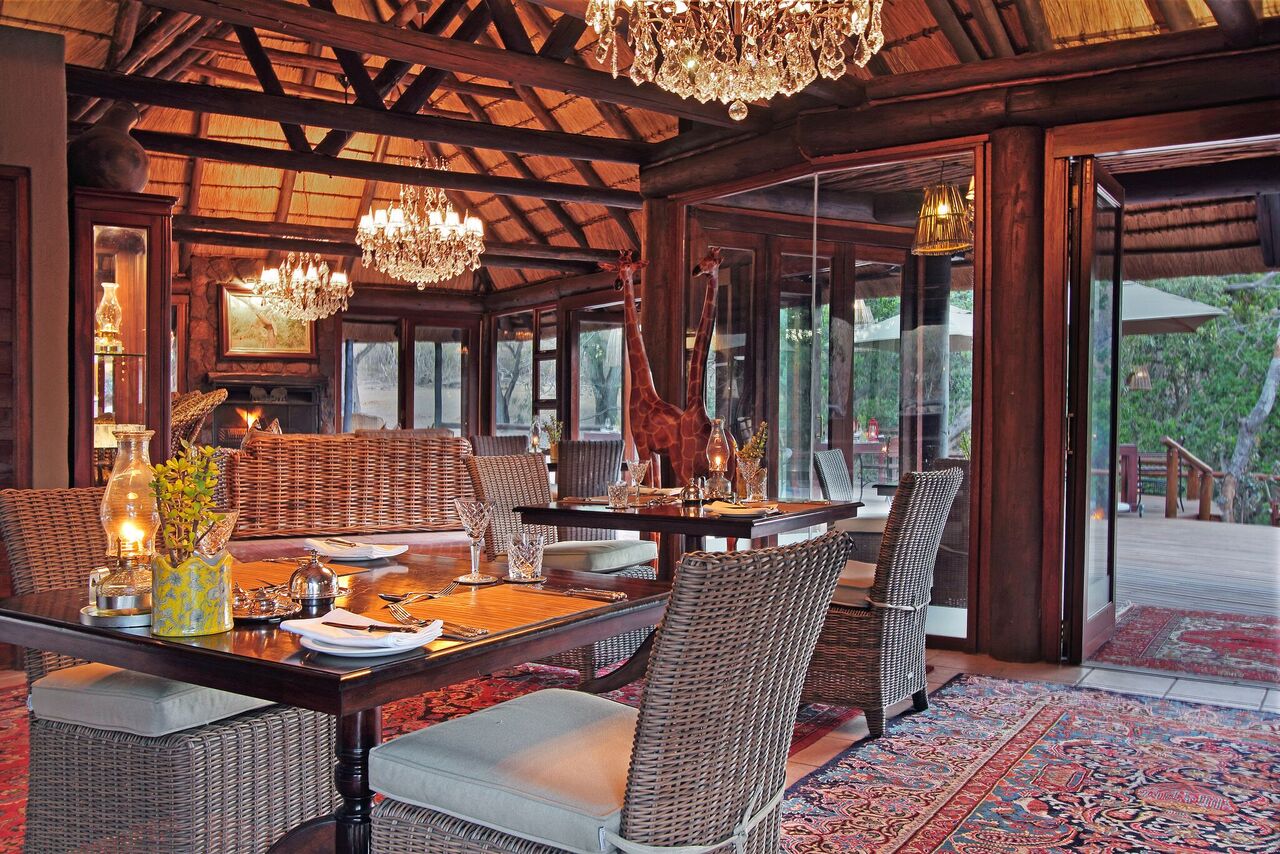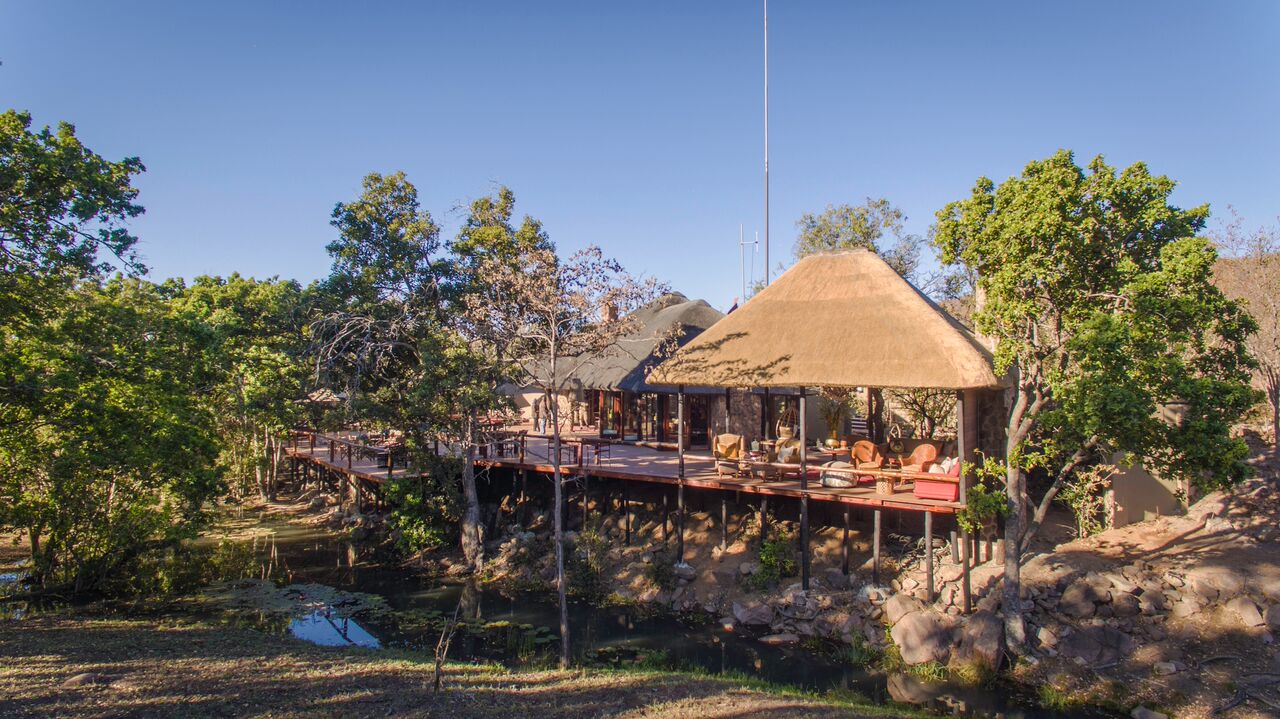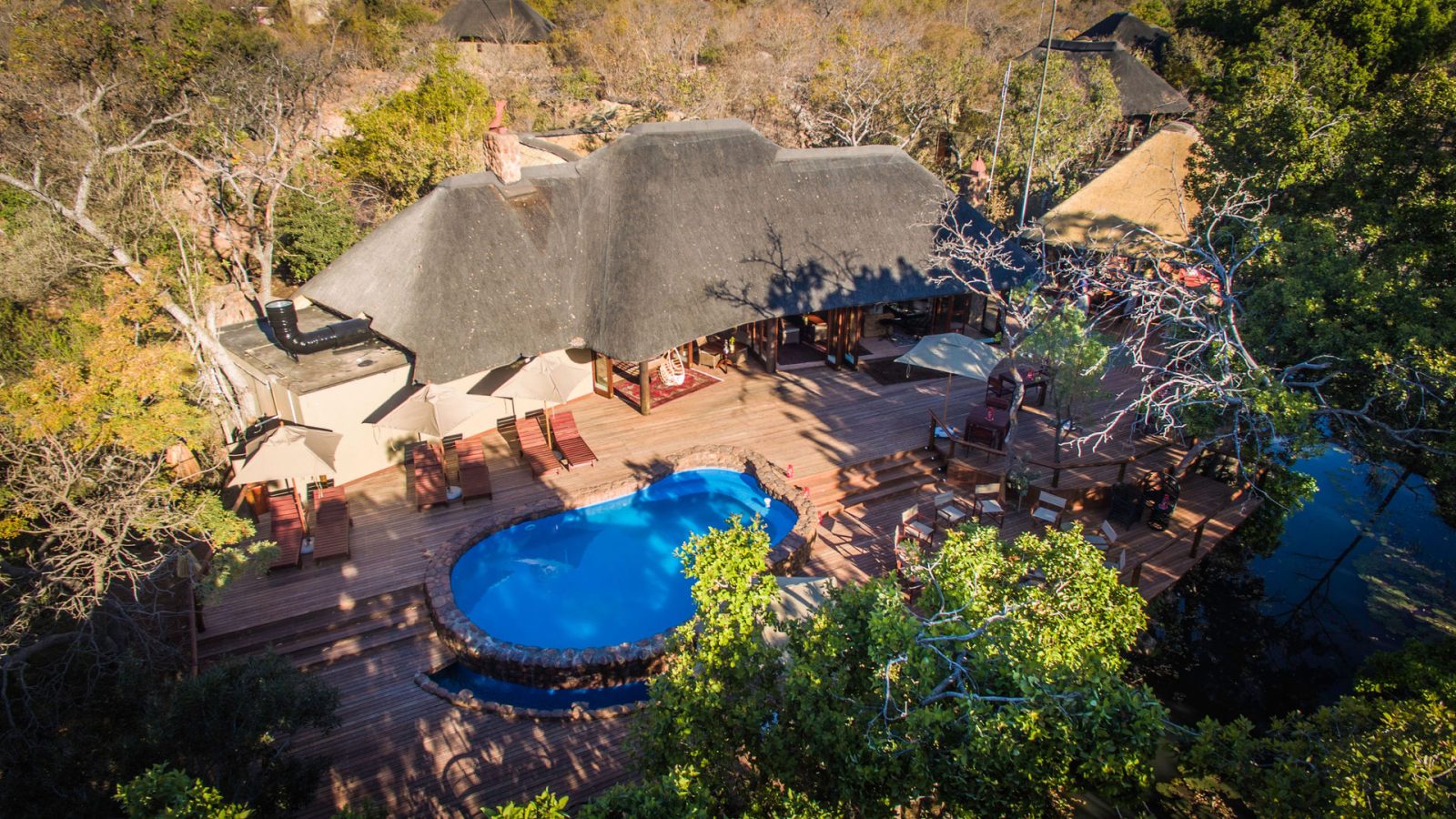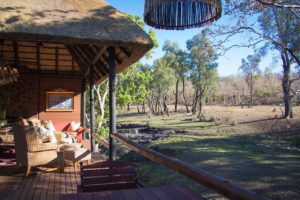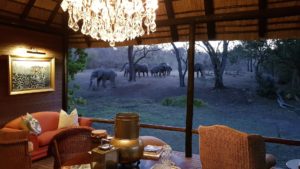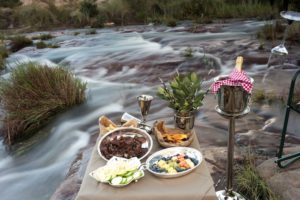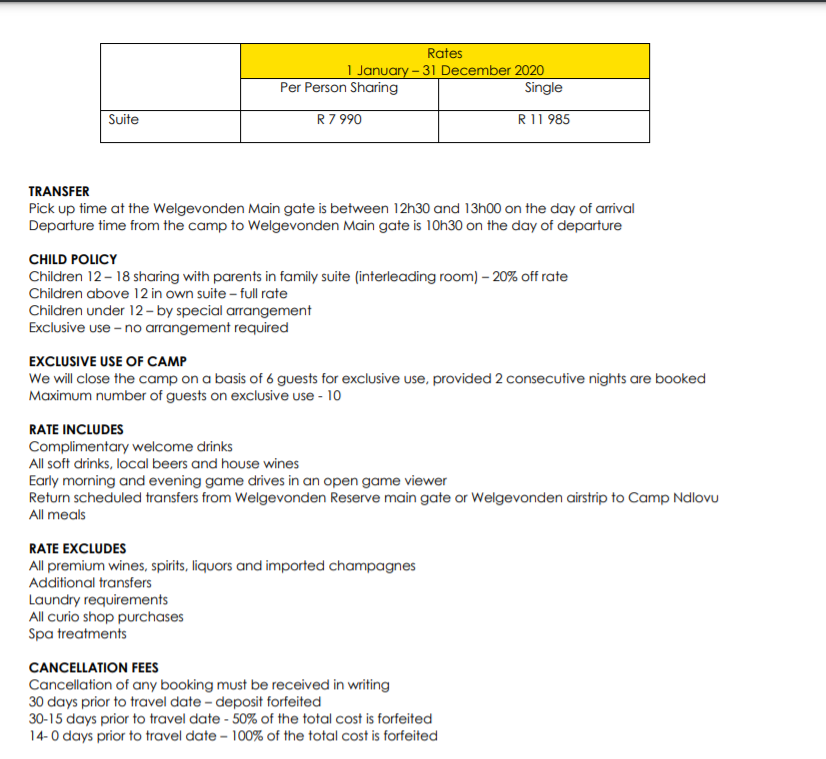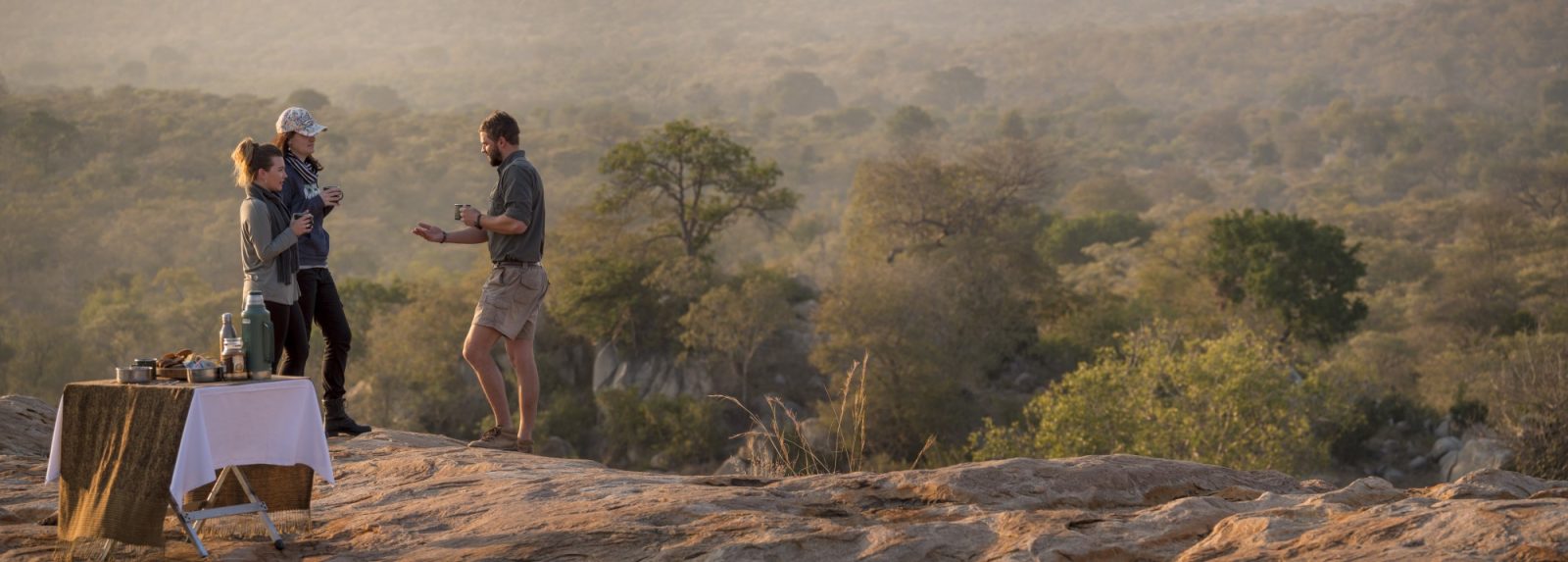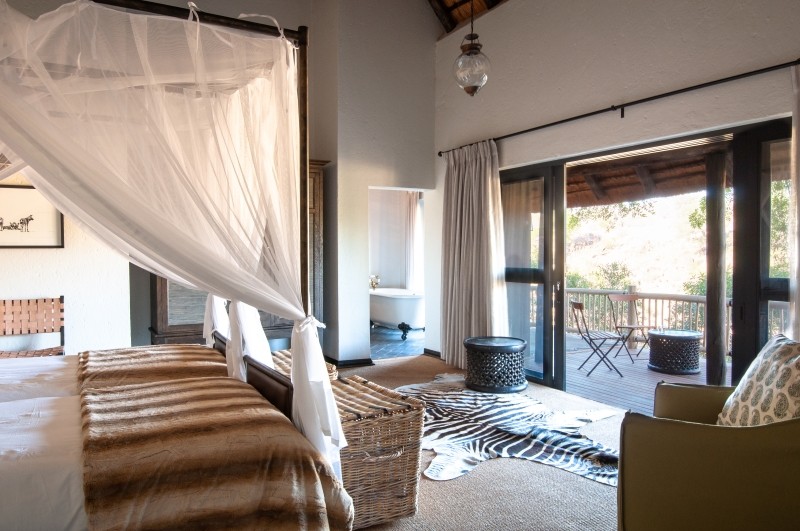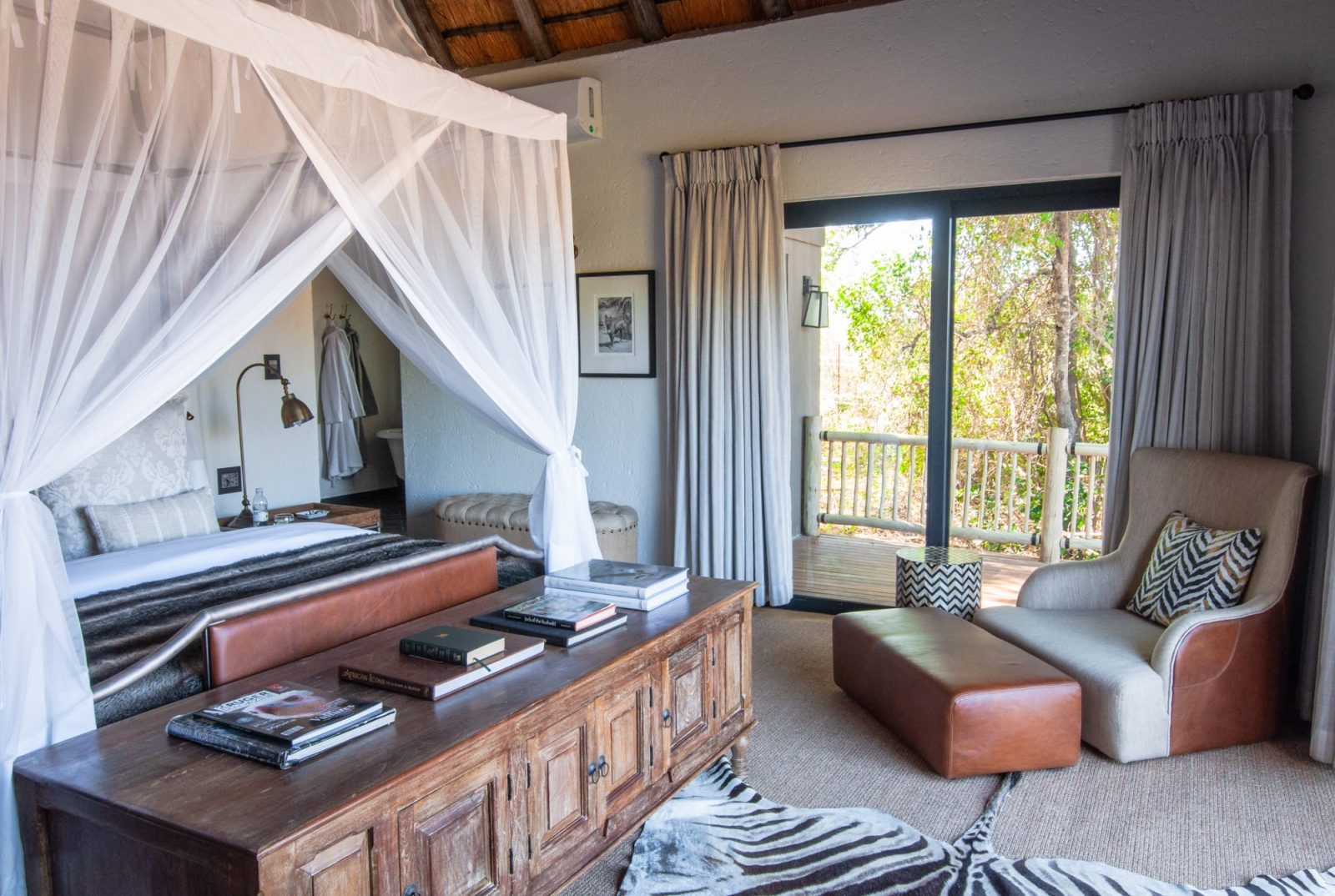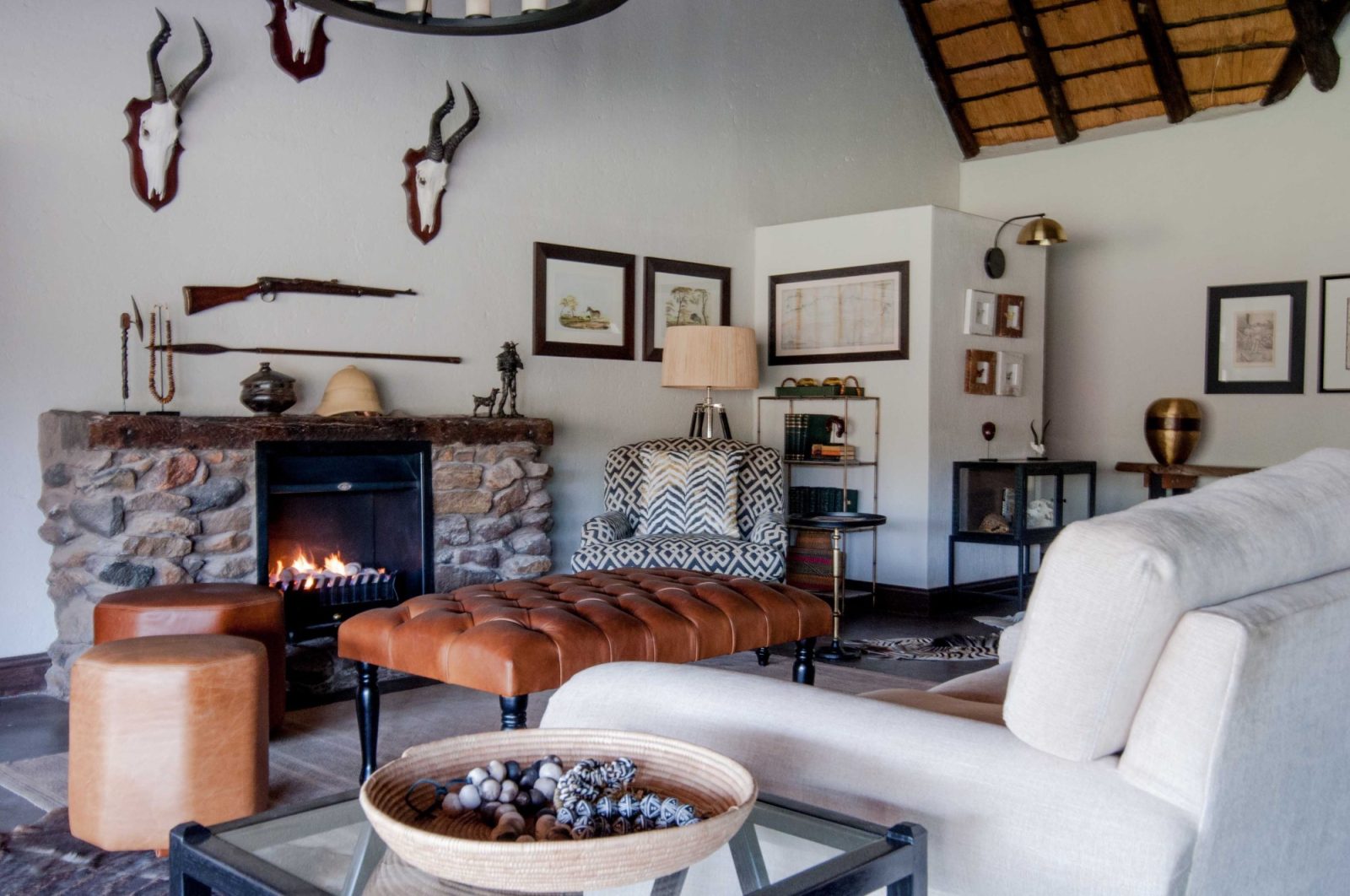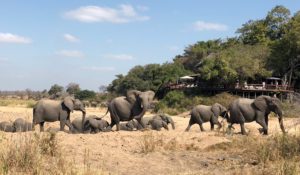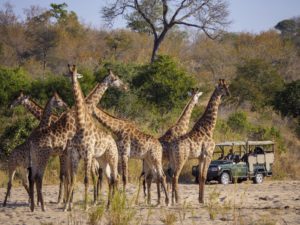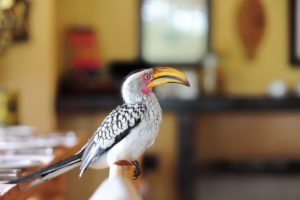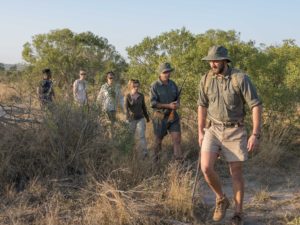Have you heard of a pangolin? Would you recognize one? For many people, the pangolin is unfortunately known, only as a family of species, which have been poached for their scales (made of keratin, and with no medicinal basis) such that of the 8 species, half are endangered and the other half critically endangered. Click on any of the mentions of pangolin on this page to be taken to our pangolin family species page. This poaching is so extreme, that some estimate that this family of species are the most trafficked in the world.
Pangolin are very hard to take care of, which is why there are so few in zoos around the world. Indeed, the vast majority of even wildlife guides in somewhere like the Kruger have never seen a pangolin, even if they are known to exist in the park. A pangolin carers job, is to look after a pangolin, take it into the bush, and find places with many ants and termites, and generally get it ready to return to the wild.
